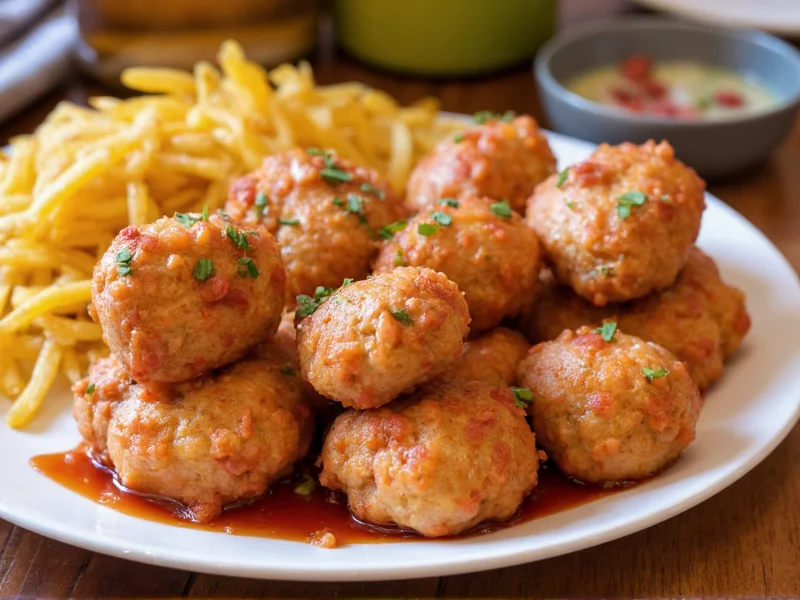When you search for cajun is, you're likely seeking clarity about this vibrant cultural identity that's often misunderstood. The term specifically describes descendants of French colonists who originally settled in Acadia (now Nova Scotia, New Brunswick, and Prince Edward Island) before being forcibly removed by the British during the Great Upheaval (Le Grand Dérangement) between 1755 and 1764.
Historical Roots of Cajun Identity
The story of what cajun means begins in 1604 when French settlers established colonies in what's now eastern Canada. These Acadians developed a unique farming and fishing culture adapted to the maritime environment. When Britain gained control of the region after the French and Indian War, they demanded oaths of allegiance that conflicted with Acadian neutrality. Those who refused were expelled, scattering communities across North America.
Approximately 3,000 Acadians eventually made their way to Louisiana, then a Spanish colony, where they settled in the bayous and prairies of what's now known as Acadiana. Here, they blended with Native American, African, Spanish, and other European influences to create the distinctive cajun culture characteristics we recognize today.
Cajun vs. Creole: Clearing Up Common Confusion
One of the most frequent points of confusion involves distinguishing between Cajun and Creole identities. While often used interchangeably in casual conversation, these represent distinct cultural traditions with different origins.
| Aspect | Cajun | Creole |
|---|---|---|
| Origins | Acadian exiles from Canada | New Orleans-born residents of French/Spanish colonial era |
| Geographic Center | Rural southern Louisiana (Acadiana) | Urban New Orleans and surrounding plantations |
| Cultural Influences | French, Native American | French, Spanish, African, Caribbean |
| Cuisine Foundation | "Country cooking" with available ingredients | Sophisticated French techniques with diverse ingredients |
| Language | Cajun French (rural dialect) | Louisiana Creole (French-based creole language) |
Understanding the difference between cajun and creole helps appreciate both cultures more deeply. While Cajun culture developed in rural southwest Louisiana among displaced Acadians, Creole culture emerged in New Orleans among people born in the colony to European settlers, often incorporating African and Caribbean influences.
Modern Cajun Cultural Expressions
Contemporary cajun culture today manifests through several distinctive elements:
- Language: Though English dominates now, Cajun French survives through preservation efforts and appears in music and local expressions
- Music: Zydeco and Cajun music feature accordion, fiddle, and French lyrics with distinctive rhythms
- Festivals: Events like Festival International de Louisiane and Courir de Mardi Gras maintain traditional celebrations
- Cuisine: The most widely recognized aspect of Cajun identity, characterized by one-pot cooking and the "holy trinity" of onions, celery, and bell peppers
Essential Elements of Authentic Cajun Cuisine
When exploring what defines cajun food, several elements stand out:
Unlike its Creole counterpart, traditional Cajun cooking developed as "country cooking" among rural settlers with limited resources. This resulted in distinctive techniques and flavor profiles:
- Roux-based dishes: Dark chocolate roux forms the foundation for many stews and gumbos
- One-pot meals: Practical cooking methods like jambalaya and boiled crawfish
- Smoked meats: Andouille sausage and tasso ham provide deep flavor bases
- Local ingredients: Crawfish, shrimp, and game meats feature prominently
- "The Holy Trinity": Onions, celery, and bell peppers replace the French mirepoix
Modern interpretations sometimes blur the lines between Cajun and Creole cooking, but authentic traditional cajun dishes maintain their rustic, resourceful character. Signature preparations include:
- Gumbo (distinct from Creole versions with darker roux and no tomatoes)
- Jambalaya (the brown, tomato-less version)
- Boudin (pork and rice sausage)
- Smothered dishes (like smothered rabbit or chicken)
- Seafood boils with minimal seasoning
Where to Experience Authentic Cajun Culture
The heart of where cajun culture thrives remains Louisiana's 22-parish Acadiana region, particularly:
- Lafayette (considered the unofficial capital)
- New Iberia
- St. Martinville (called the "Cajun Capital")
- Eunice
- Abbeville
These communities maintain strong cultural institutions like:
- Cajun French immersion schools
- Traditional music venues featuring local artists
- Local food establishments serving authentic preparations
- Cultural centers like the Acadian Memorial in St. Martinville
While tourism has influenced some presentations of Cajun culture, genuine community celebrations and family traditions continue to preserve the authentic meaning of cajun heritage beyond commercialized versions.











 浙公网安备
33010002000092号
浙公网安备
33010002000092号 浙B2-20120091-4
浙B2-20120091-4